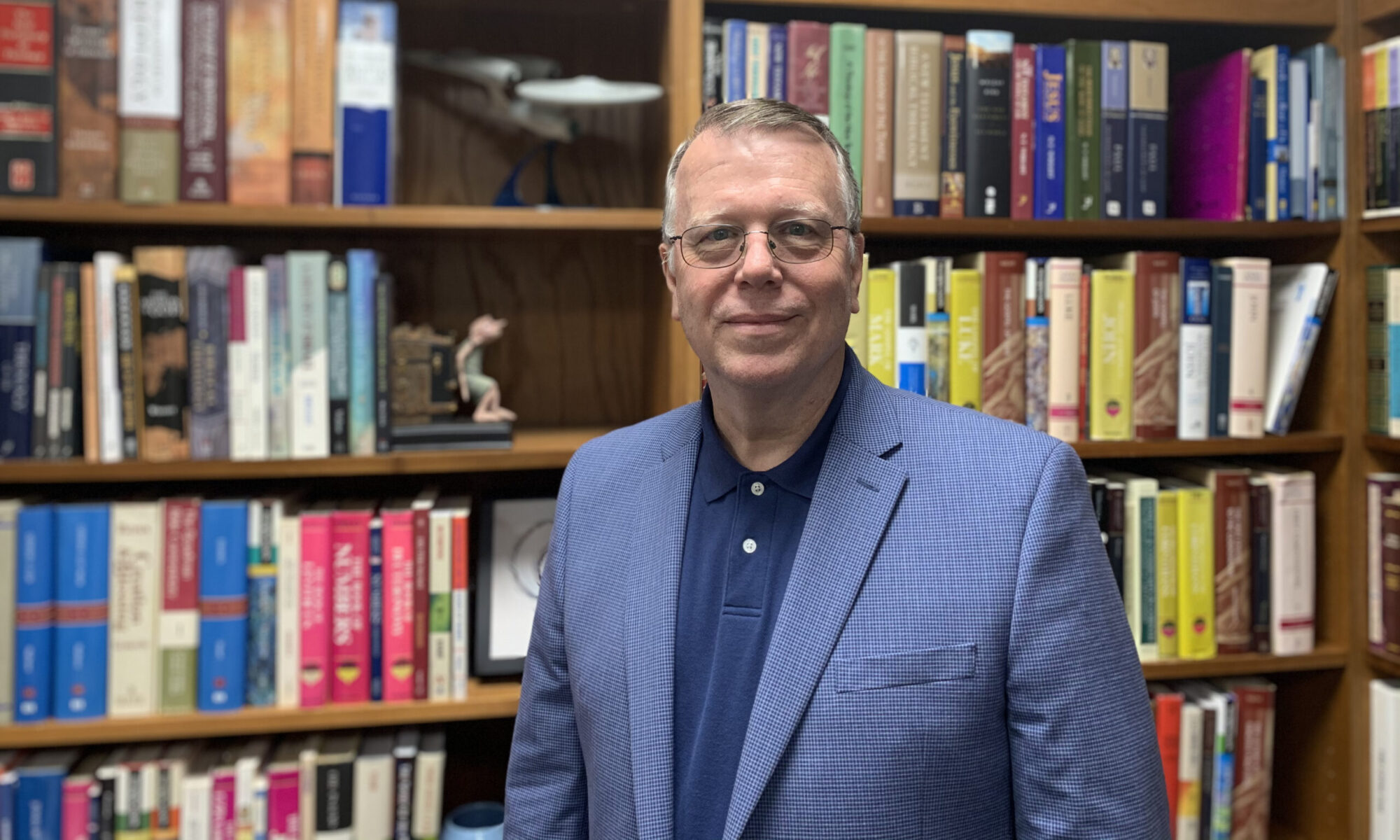And the Word became flesh and dwelt among us, and we beheld His glory, the glory as of the only begotten of the Father, full of grace and truth (John 1:14 NKJV).
The Incarnation of the Eternal Word – Jesus Christ – is the great redemptive miracle of the Christian faith. The union of humanity and divinity in the person of Jesus means that his crucifixion and resurrection have defeated the power of sin and death and brings the promise of eternal life to all who believe. This redemptive event is most often associated with the celebration of Christmas. However, in the last century the celebration of Christmas has lost its Christological focus. So, the challenge before us is to discover, or rediscover, ways by which the church can once again focus its worship on this wonderful event.
Many centuries ago, the church established a sacred calendar to inspire its worship. The sacred calendar focused on God’s saving acts as revealed in the person of Jesus Christ. The first sacred season is Advent. Advent is a season of expectation. For centuries the Hebrew prophets declared the coming of the Anointed One. The Hebrew people patiently waited for the “consolation of Israel” (Luke 2:25). Each year as the church celebrates Advent, the people of God experience a season of hopeful expectation. Just as the ancient Hebrews anticipated the advent of the messiah, the church presently anticipates the second advent of Jesus Christ. Advent focuses our worship on the fullness of Christ’s redemption – Incarnation and consummation. Thinking of the sacred calendar as a clock is helpful to understanding Advent. Just as twelve o’clock is the ending and beginning of the day (AM and PM), so too Advent is the ending and beginning of the sacred calendar.
Advent begins on the fourth Sunday before Christmas (usually the last Sunday of November, or the first Sunday of December). The four Sundays of Advent are celebrated by emphasizing biblical themes of expectation and hope. The first Sunday of Advent emphasizes the Second Advent of Christ (Matthew 24:37-44; Mark 13:24-37; Luke 21:25-36). The theme for the second and third Sundays of Advent focuses on the ministry of the John the Baptist: Prepare the Way of the Lord (Matthew 3:1-12; Mark 1:1-8; Luke 3:1-6) and The Coming One (Matthew 11:2-11; John 1:6-8; 19-28; Luke 3:7-18). The fourth Sunday of Advent focuses on the Virgin birth of Christ (Matthew 1:18-25; Luke 1:26-38; Luke 1:39-55).
Because Advent has not been celebrated in most Pentecostal churches, the various Advent themes may seem somewhat alien. But there are many ways that Advent can be observed that will be helpful in Pentecostal congregations. The celebration of Advent is traditionally centered on the Advent wreath. It is comprised of a wreath of evergreens with four candles placed around the circumference and a fifth candle in the center – the Christ candle. The wreath should be placed at the altar, or on the stage. Each Sunday, beginning with the first Sunday of Advent, the appropriate candle is lighted with an appropriate song or hymn and reading from the Scripture. This is a good opportunity to involve children, or entire families. The progressive lighting of the candles symbolizes the growing anticipation of the coming of the Light of the world. The Christ candle should be lighted during a Christmas Eve service, or as the final act of worship on the fourth Sunday of Advent. The lighting of candles for Advent is an ancient Christian tradition. According to legend, during the 4th and 5th centuries, the entire Roman Empire was illuminated by the candles of believers during Advent. The Advent wreath could also be used in Christian homes as a teaching device to instruct our children about the “reason for the season.”
Advent worship could also include dramas and dances that depict the theme of the season. Also, choral songs and sermons should be presented during worship that serves to keep the redemptive theme of Advent prominent in the minds of worshipers. For the past several years, I have designated the midweek services during Advent to teach the biblical and traditional foundations for the Advent/Christmas season. This includes lessons on the infancy narratives of the Gospel, and historical background behind other seasonal images, such as: the Virgin Mary, the three wise men, and the star of Bethlehem. Also, this is an excellent time to teach the story and traditions about Nicholas of Myra, the ancient Bishop who has been transformed into Santa Claus.
It may surprise many Christian parents to discover that most of the contemporary themes of Advent and Christmas celebrations – Santa Claus, gift giving, and Rudolf – are less than 150 years old. The present culture has co-opted, redefined, and even paganized an important holy season of the Christian church. If we are to succeed in preserving the significance of the Advent season, it must begin with intentional observances in church, and at home.
